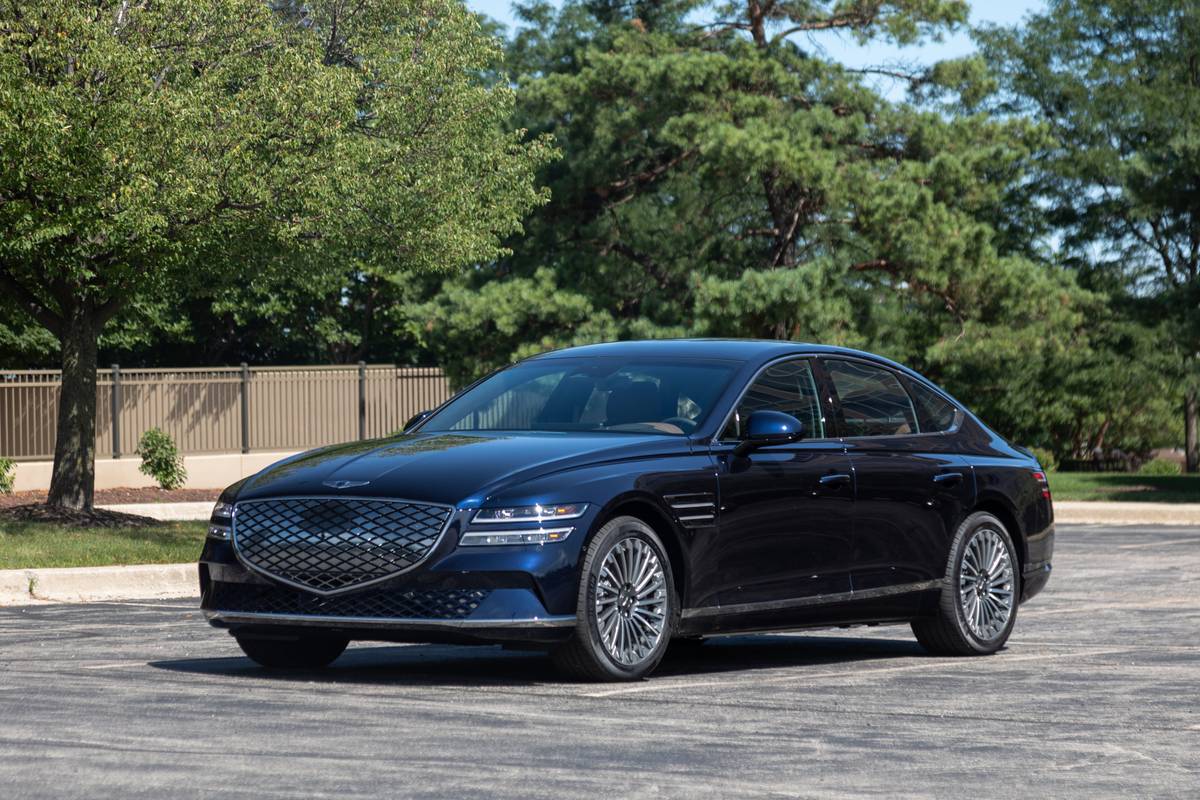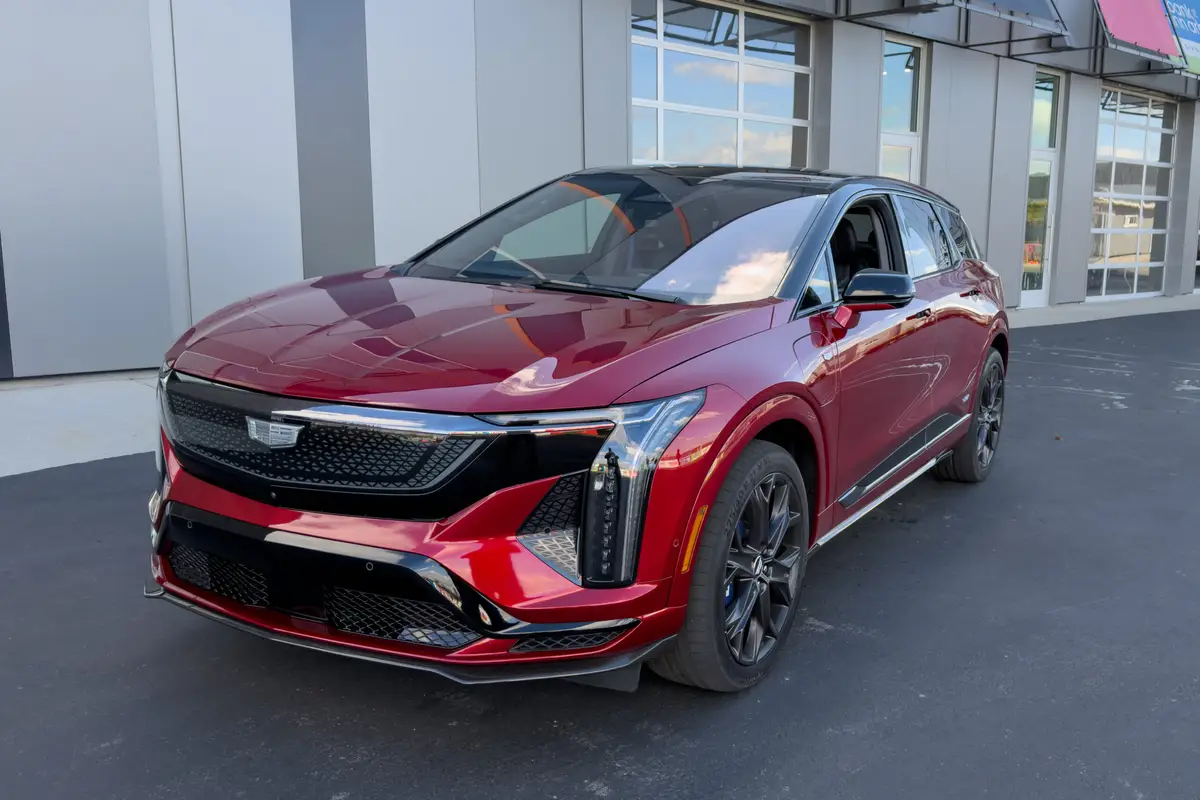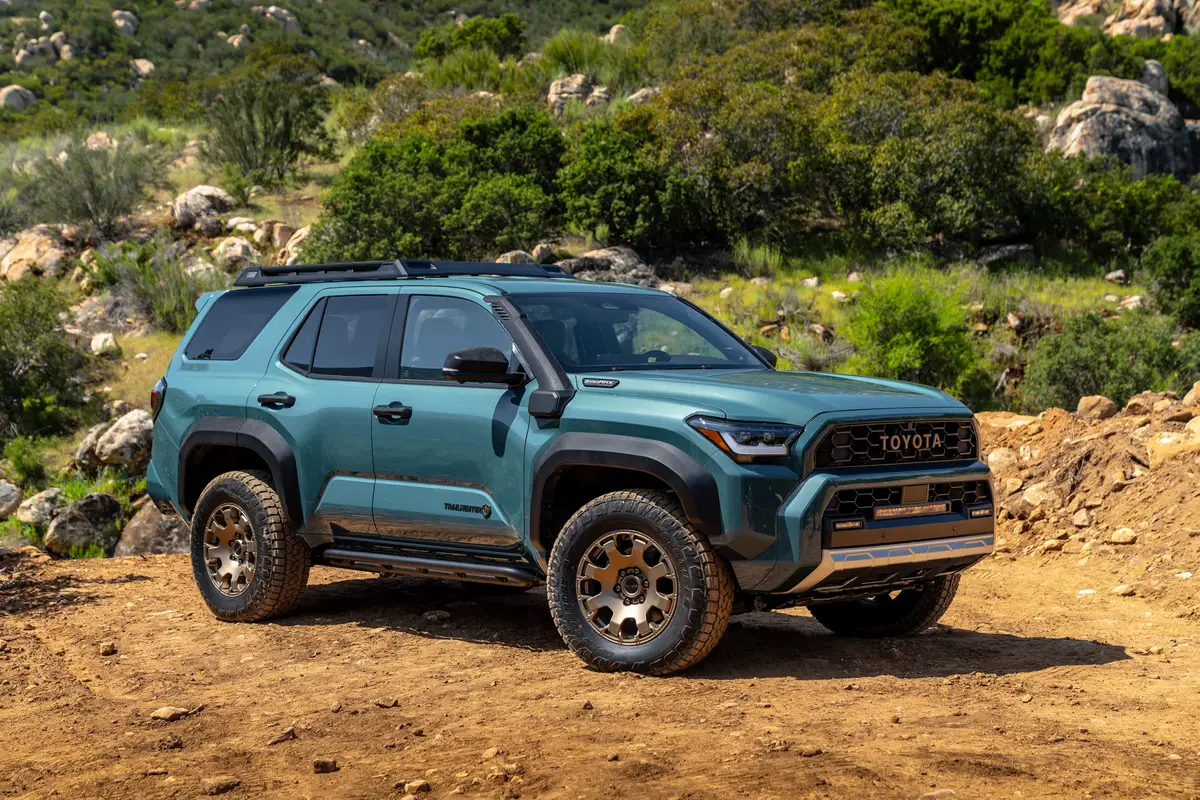The Morning Call and Mcall.com's view
One of the great joys of childhood is waiting for that big snowstorm. One that deposits enough snow to cancel school, giving a good enough reason to bring out the sled. But growing up means an end to all of that. Or does it? Not really. To some, one of the great joys of adulthood is waiting for that big snowstorm that cancels work and gives an excuse to drive through all of the chaos in the four-wheeler. No, childhood does not have to be far away.
If you have an doubts at all to this, just stand on the corner during the next big snow storm and watch the four-wheelers pass by. Examine the faces of the drivers. Most are actually smiling – as opposed to those in other vehicles who seem to be praying to make it to their destinations. Yes sir, four-wheel drive vehicles are certainly the way to go when the going gets tough. Some may wonder, however, what do you do with a four-wheeler the rest of the year?
The adult’s four-wheeler and the child’s sled may not be a necessary means of transportation to many but both can certainly be fun.
During the recent big snowstorm, I did my playing in a Jeep Cherokee (test car supplied by Shoemaker AMC-Jeep-Renault, 4131 Walbert Ave., South Whitehall Township) and I must say that I really had a great time. Through deep snow on city streets and over barely driveable highways, the Cherokee, like the Highwayman, kept riding, riding, riding. I must admit I drove over the same conditions, and even worst ones, in two-wheel drive vehicles but somehow in the Cherokee (and other four-wheelers) there is just a more confident feeling. After all, this was what this vehicle was designed for.
The test vehicle had the outward appearances of last year’s model, but there was one big difference under the hood – the new 4-liter/242-cubic-inch inline six-cylinder engine, which is the most powerful optional engine in the compact utility vehicle class. This overhead valve straight-six, derived from the straight sixes American Motors, has been producing for years but there is quite a bit of difference. The most notable being that this new multiport fuel-injected I-6 generates 173 horsepower at 4,500 rpm and 220 foot pounds torque at 2,500 rpm. This is a 50 percent gain in horsepower and a 47 percent increase in torque over the 2.8-liter/173-cubic-inch V-6 previously offered as an option.
Besides propelling the Cherokee from 0-60 mph in less than 10 seconds, the engine also increases the vehicle’s maximum trailer-tow capacity to 5,000 rpm. In addition, AMC claims that the new more powerful engine will deliver fuel economy equal too or better than the old V-6. The test vehicle was driven mostly in the four-wheel drive mode and over a good percentage of snow covered streets and roads, so fuel mileage figures really weren’t comparable to those vehicles tested under better driving conditions. EPA rates the Cherokee with 4-liter engine and four-speed a utomatic transmission (as in the test vehicle) at 16 miles per gallon city and 21 mpg highway.
The four-speed automatic (a five-speed manual is also available for this engine) did its job very unobtrusively and didn’t require a whole lot of concentration. An interesting feature of the transmission is that it has both power and comfort modes. In the power mode, under hard acceleration, the transmission will upshift at a higher engine rpm, downshift more rapidly and be more sensitive to the throttle position. The comfort mode provides normal operation conditions with a more conservative and economical shift schedule.
Standard engine for the Cherokee is 2.5-liter/150-cubic inch four-cylinder that is rated at 121 horsepower at 5,000 rpm and 141 foot pounds torque at 3,500 rpm. This is quite a bit of horses and should provide good power for all Lehigh Valley driving conditions. Another optional engine is a 2.1-liter/126- cubic-inch turbodiesel.
Also provi g easy to operate was the optional Selec-Trac four-w heel drive system. This is a ”shift-on-the-fly” unit that is virtually klutz-proof. And if you feel like it, you can shift it into four-wheel drive and forget it. In other words, it can be operated full time on dry pavements without any harm. There is also a four-wheel drive low mode but this only would be necessary for snow-plowing or mud-wallowing.
The Cherokee is somewhat unusual in that it is the only compact utility vehicle to be offered in both two- and four-door body styles. (It is also available in two-wheel drive, for those who care.) The four-door test vehicle had a wheelbase of 101.4 inches, length of 165 inches, height of 66.3 inches and width of 70.5 inches. The Cherokee can accommodate five-passengers in comfort and also provide plenty of storage area. Usable cargo volume measures 36 cubic feet and is increased to 72 cubic feet with the rear seat folded.
Although a four-wheel drive system does put a lot of weight underneath a vehicle, the test car acted like a car when driven in two-wheel drive over cleared highways. The ride was quite smooth, or let’s say a lot smoother than one would expect. The suspension features a coil spring live axle with leading links track bar up front; leave springs mounted above the axle in the rear; front and rear stabilizer bars, and a steering damper. Nothing really complicated but all very rugged.
Base price on the Cherokee, 4WD, 4-door wagon is $12,648. Keep in mind, four-wheel drive utility vehicles do no come cheap. The base price includes a nice level of trim and appointments but nothing really fancy. The test vehicle, in addition to a transportation charge of $399, had options totaling $5,767 for a total price of $18,814. Obviously, it was well equipped.
The most expensive option was the ”Chief” package at $1,788. This is primarily a dress up option that included too many items to list. Other options included: automatic transmission with Selec-Trac, $885; air conditioning, $820; 4-liter engine, $512; power steering, $290; electronic AM- FM stereo radio, $187; roof rack, $136; rear window defroster, $158; tilt steering wheel, $124, and halogen fog lamps, $108.
Latest news


2026 Cadillac Optiq-V Quick Spin: Slicker and Quicker

